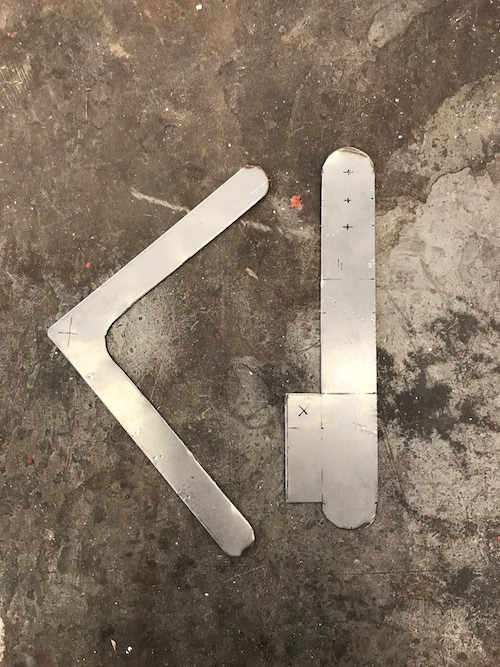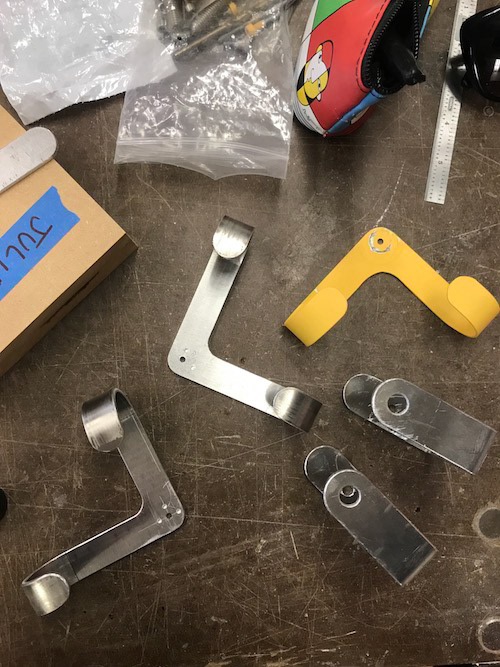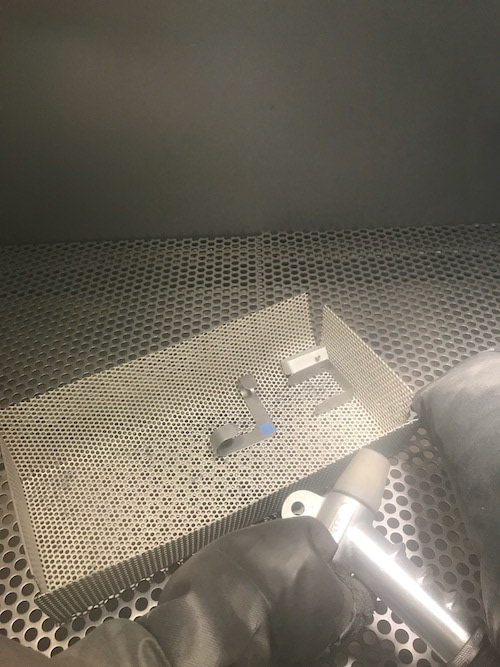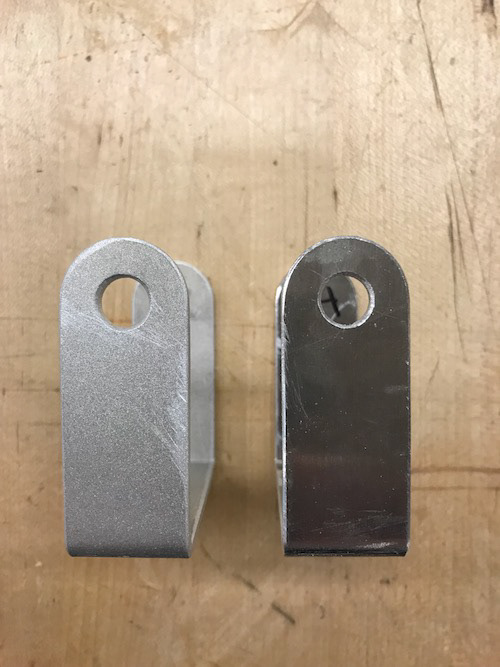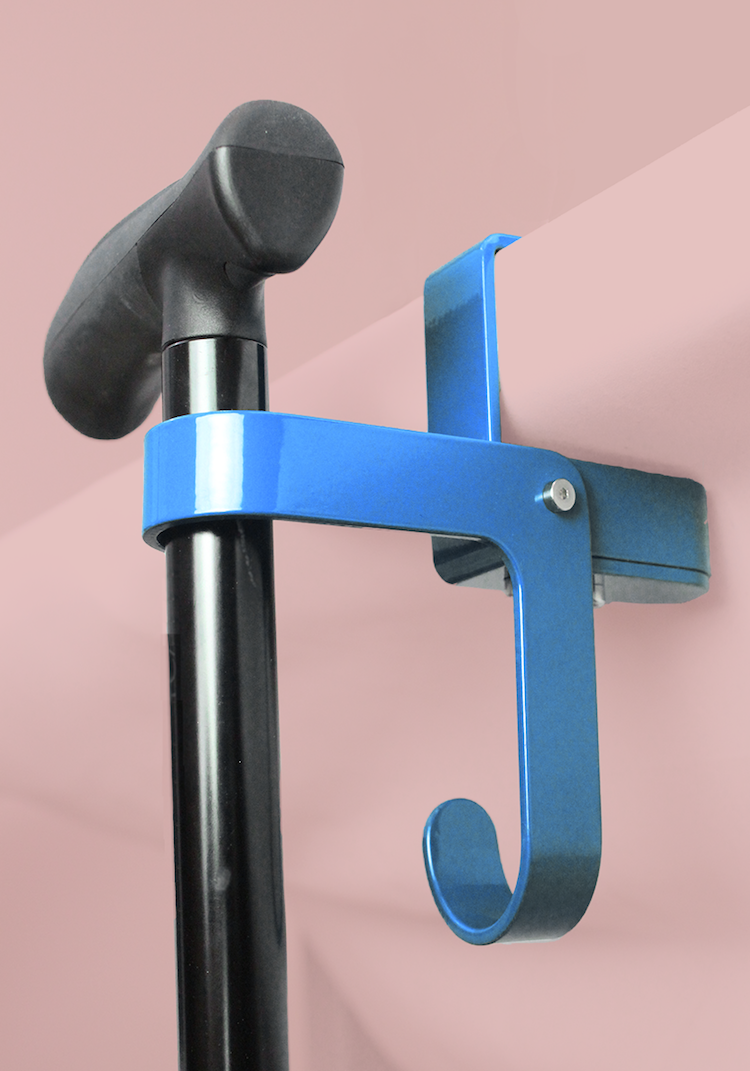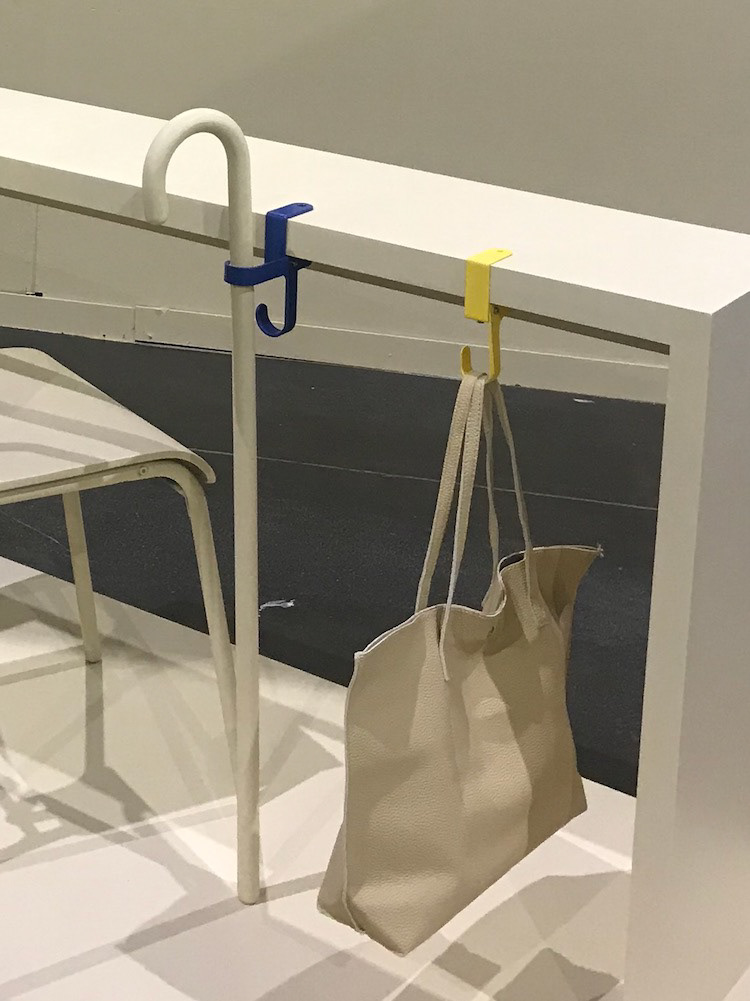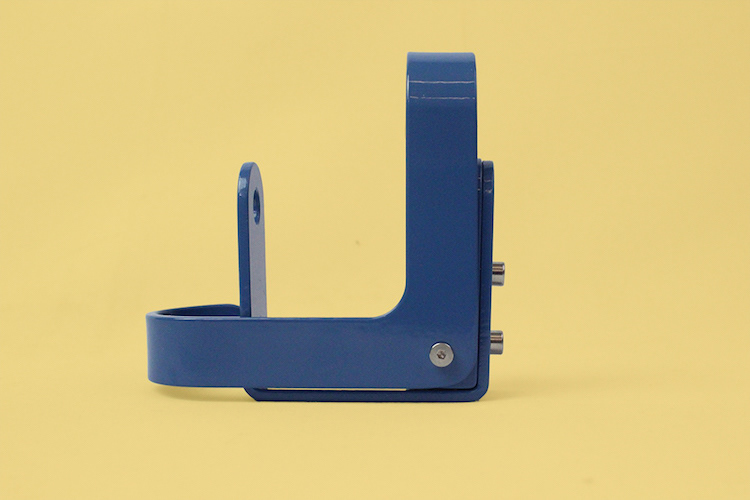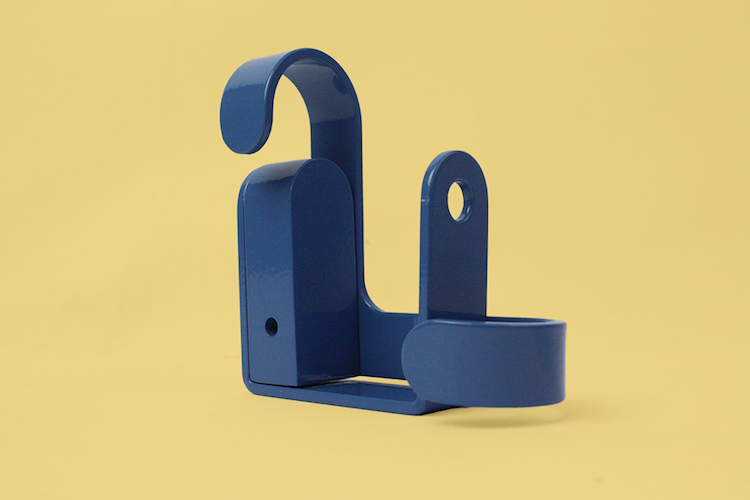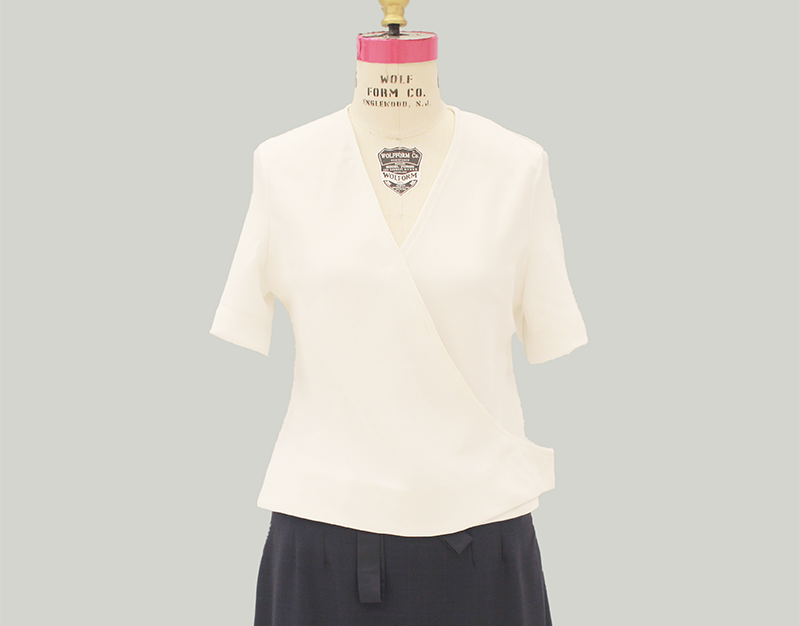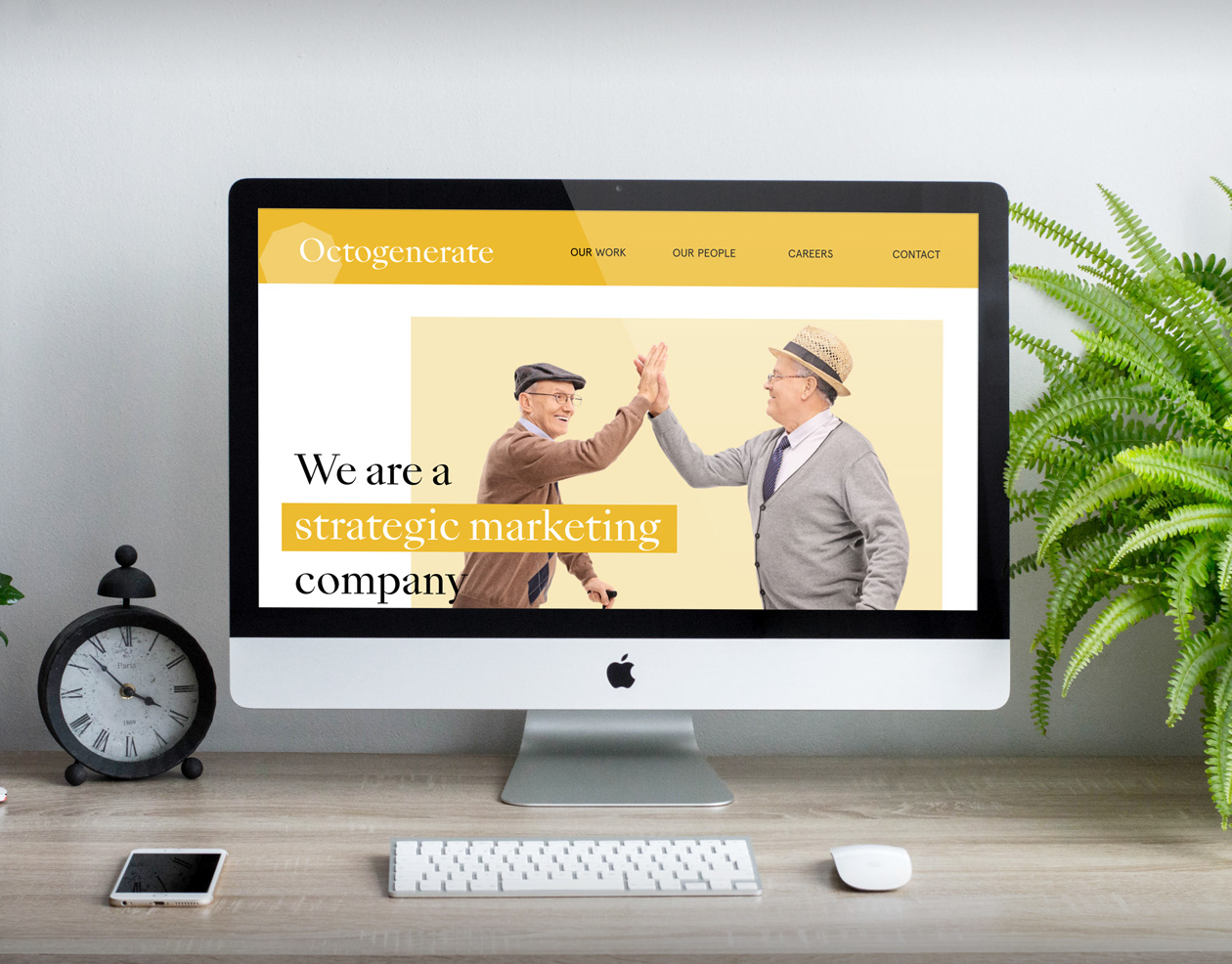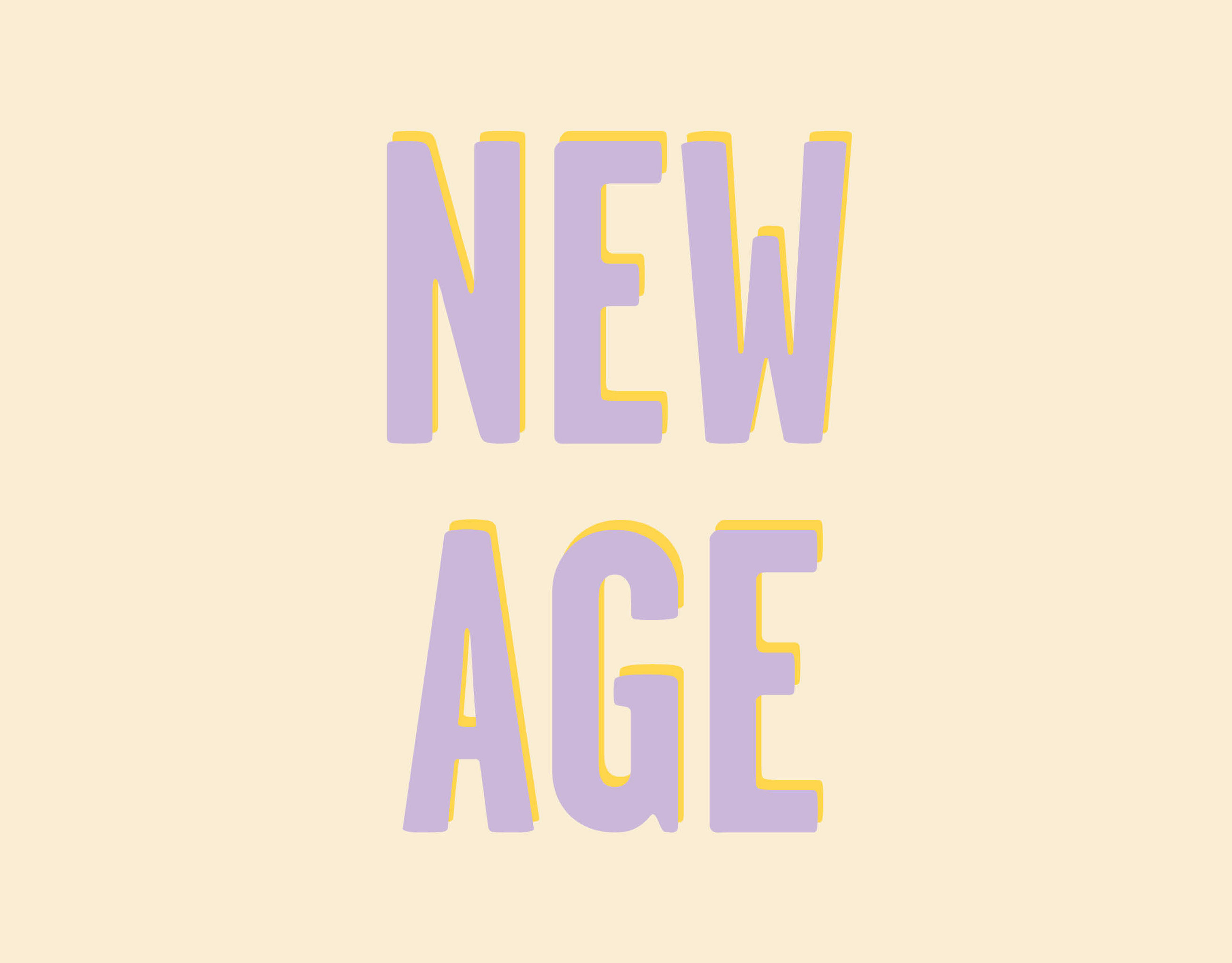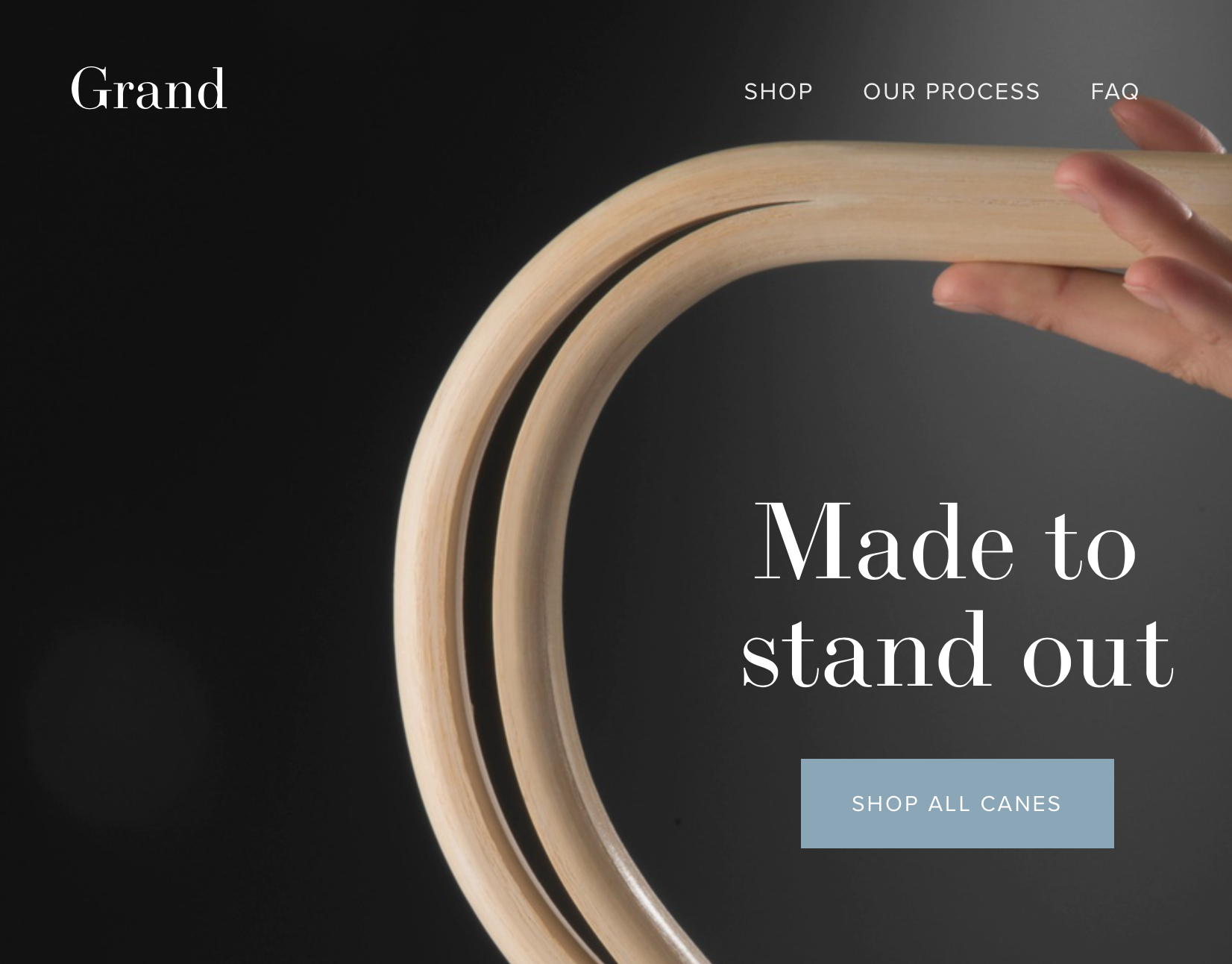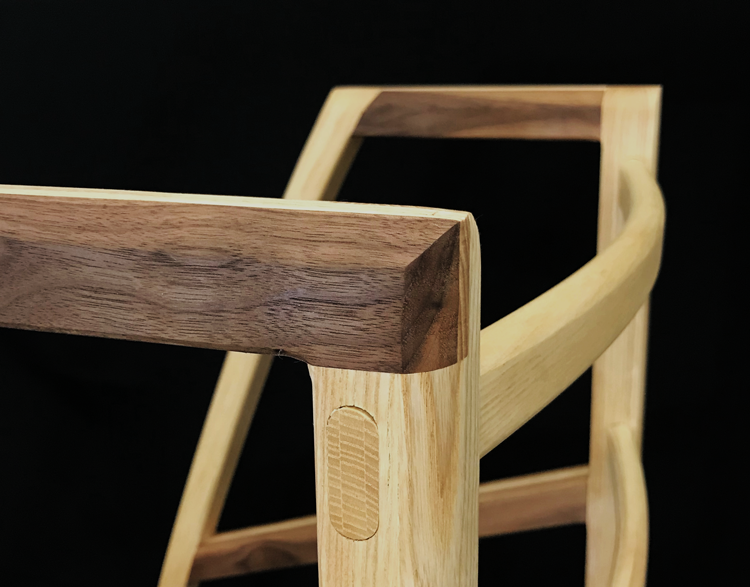RESEARCH AND INSIGHTS
“I’ve been a geriatrician for decades,” Dr. Besdine, Director of the Center for Gerontology at Brown University, said to me. “But as I get older myself, every day I encounter things that I wouldn’t have thought of — challenges for older people, by design.”
Anne no longer goes to her favorite movie theater because of the stairs she’d have to climb to get to her seat. Fran had to add rubber grips to the round doorknobs in her home because she couldn’t twist them. The examples are endless: products and spaces that do not take into account the needs of older adults. The neglect of this realm of product design is due in large part to the lack of awareness around these obstacles.
Through my grandmother, I was intimately aware of one such challenge: the difficulty of securely stowing a cane
in the upright position when not in use. Often, we would be out at a restaurant together, and she would rest her cane against the table. Without fail, seconds later it would clang loudly to the floor. We would try the wall, to the same effect. And finally we’d settle on the floor, under her seat, out of the way of any passersby. This solved the problem in the short term, but it depended on my presence. She was unable to bend down far enough to retrieve it.
in the upright position when not in use. Often, we would be out at a restaurant together, and she would rest her cane against the table. Without fail, seconds later it would clang loudly to the floor. We would try the wall, to the same effect. And finally we’d settle on the floor, under her seat, out of the way of any passersby. This solved the problem in the short term, but it depended on my presence. She was unable to bend down far enough to retrieve it.
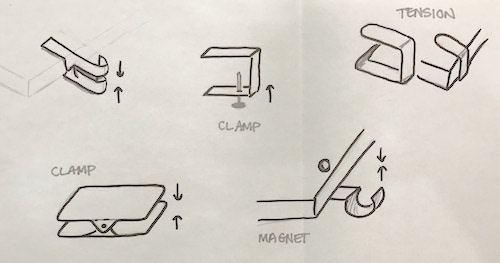
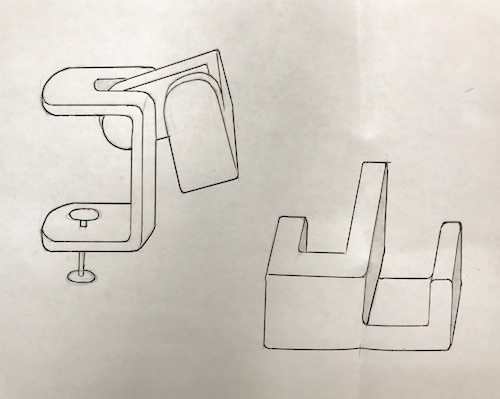
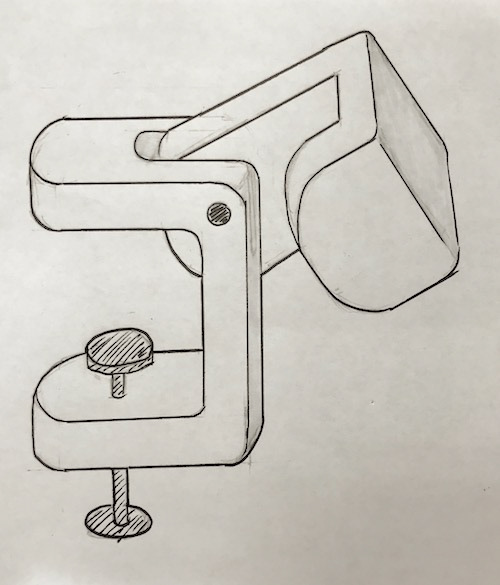
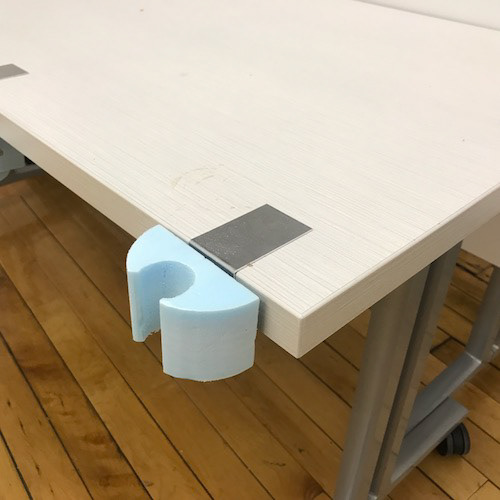
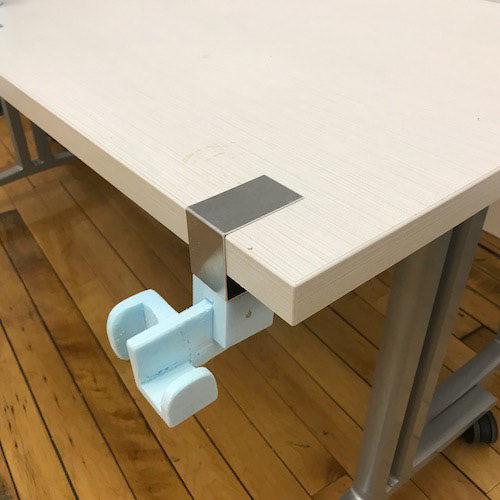
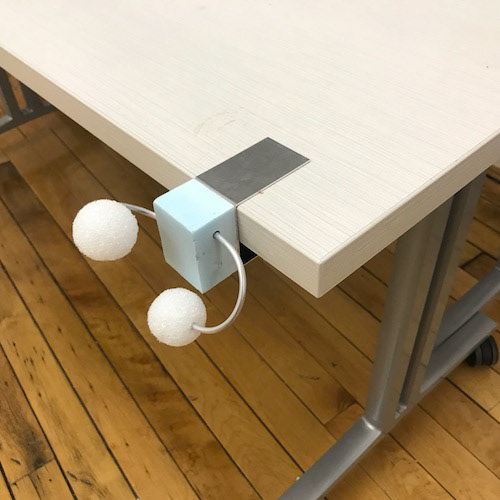
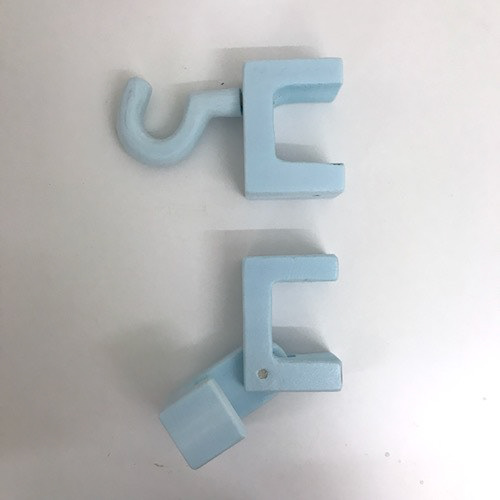
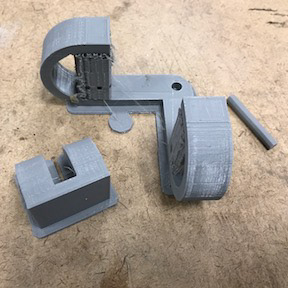
Early sketches and prototypes in metal, foam, and 3D-printed filament.
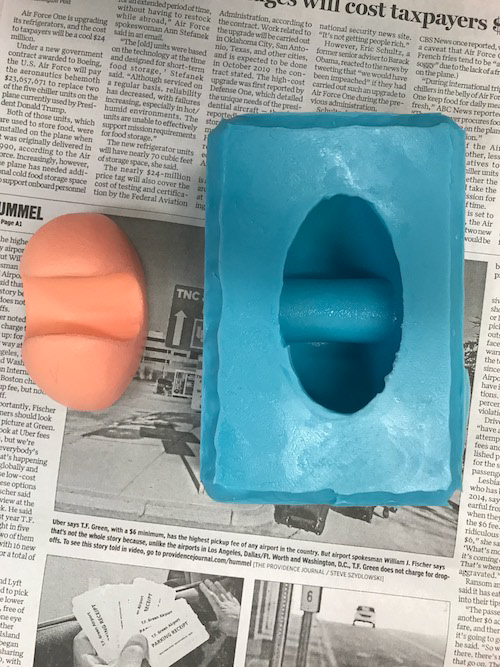
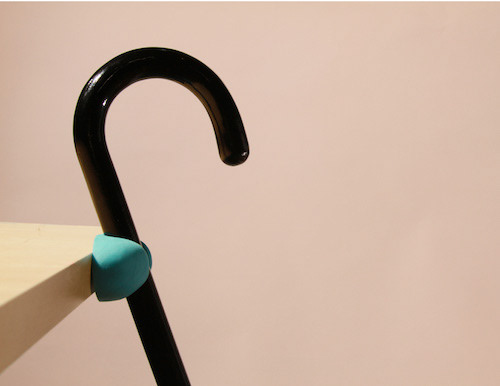
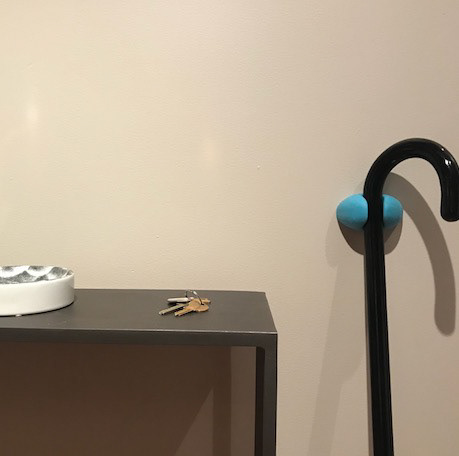
One prototype, cast in rubber, gently hugged the cane and allowed it to rest against any flat surface.
DESIGN
I used sketching, CAD modeling, foam modeling, 3D printing, and cast rubber to move through a number of early prototypes.
Ultimately, I realized that I could modify one design to give the product dual uses: both a cane rest and a bag hook. By making the product applicable to more users, I could both increase its reach and, hopefully, make it seem like less of a "senior" tool.
My cane rest clips onto the table and gently cradles a cane staff in the upright position. And when a cane user is not present, it can be collapsed to a more traditional bag or coat hook. While the design is intended for use in a restaurant or other similar space, it is small, lightweight, and attractive enough to be carried around by the cane user.
Ed helped me realize that physical considerations must also extend to the maintenance of an object, from install
to removal. “How do you build in humane-ness into the design?” he asked. “The person needs to be able control it themselves. Help me help myself: that’s what I strive for. I don’t strive for calling customer service people.” To that end, the simple click-and-lock mechanism is easily adjustable by an older adult with limited manual dexterity.
to removal. “How do you build in humane-ness into the design?” he asked. “The person needs to be able control it themselves. Help me help myself: that’s what I strive for. I don’t strive for calling customer service people.” To that end, the simple click-and-lock mechanism is easily adjustable by an older adult with limited manual dexterity.
While the cane rest is designed for a specific use-case, its broader mission is to raise general awareness about the inaccessibility of most spaces. We need more products whose presence evokes questions like, how can the built environment better anticipate the needs of older adults? Increasing awareness can happen in many ways. Sometimes it is a question of visibility, of employing more vibrant forms or colors to literally make the invisible more visible. Sometimes the mere existence of an object in a space populated by people of all ages can bring attention to these issues. Increasing the visibility of these issues and of the products that address them will help to normalize them — ultimately working against stigma.
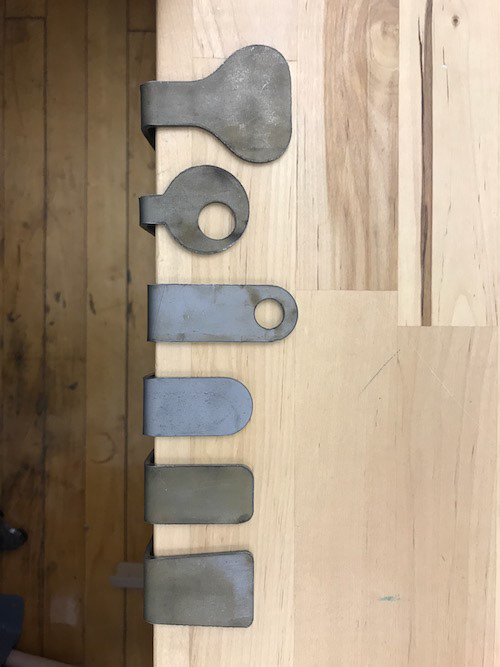
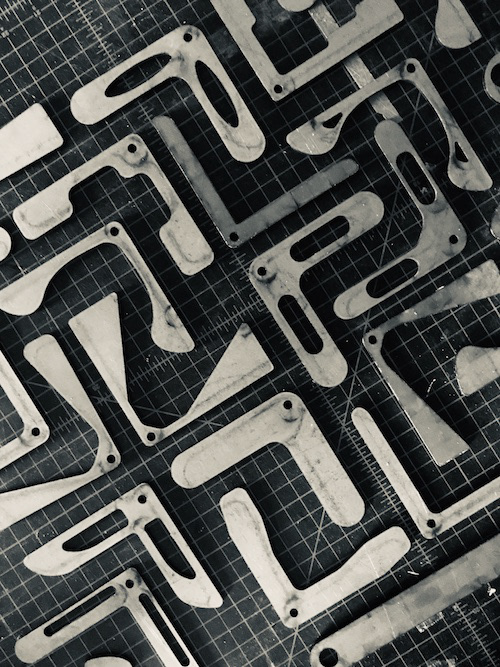
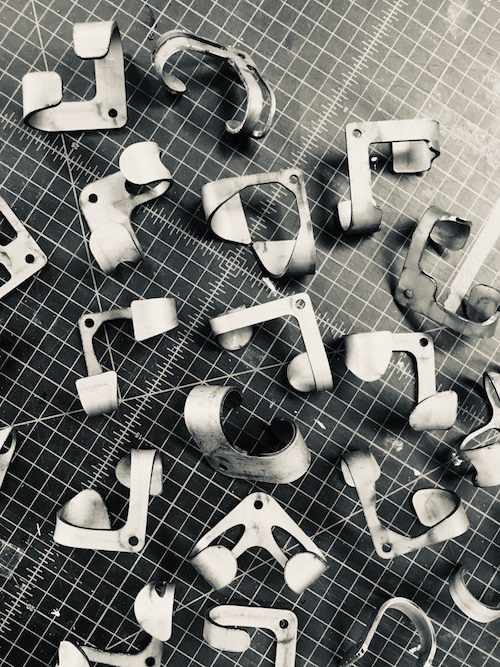
Lasercutting metal allowed me to quickly test a number of profiles.
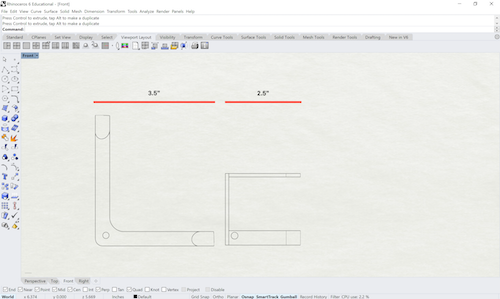

PRODUCTION
I produced these almost entirely by hand. I cut the sheet metal, used a Duo-Mite and finger break to bend the parts, sandblasted each part, and drilled and tapped the mechanical components. I sent them out to be powder-coated in a light Delft blue.
